This gluten-free pad Thai recipe is just as delicious as your favorite takeout but made in your own kitchen! It's made with tender rice noodles tossed in a sweet, tangy sauce, then topped with juicy shrimp, crunchy bean sprouts, carrots, and chopped peanuts.
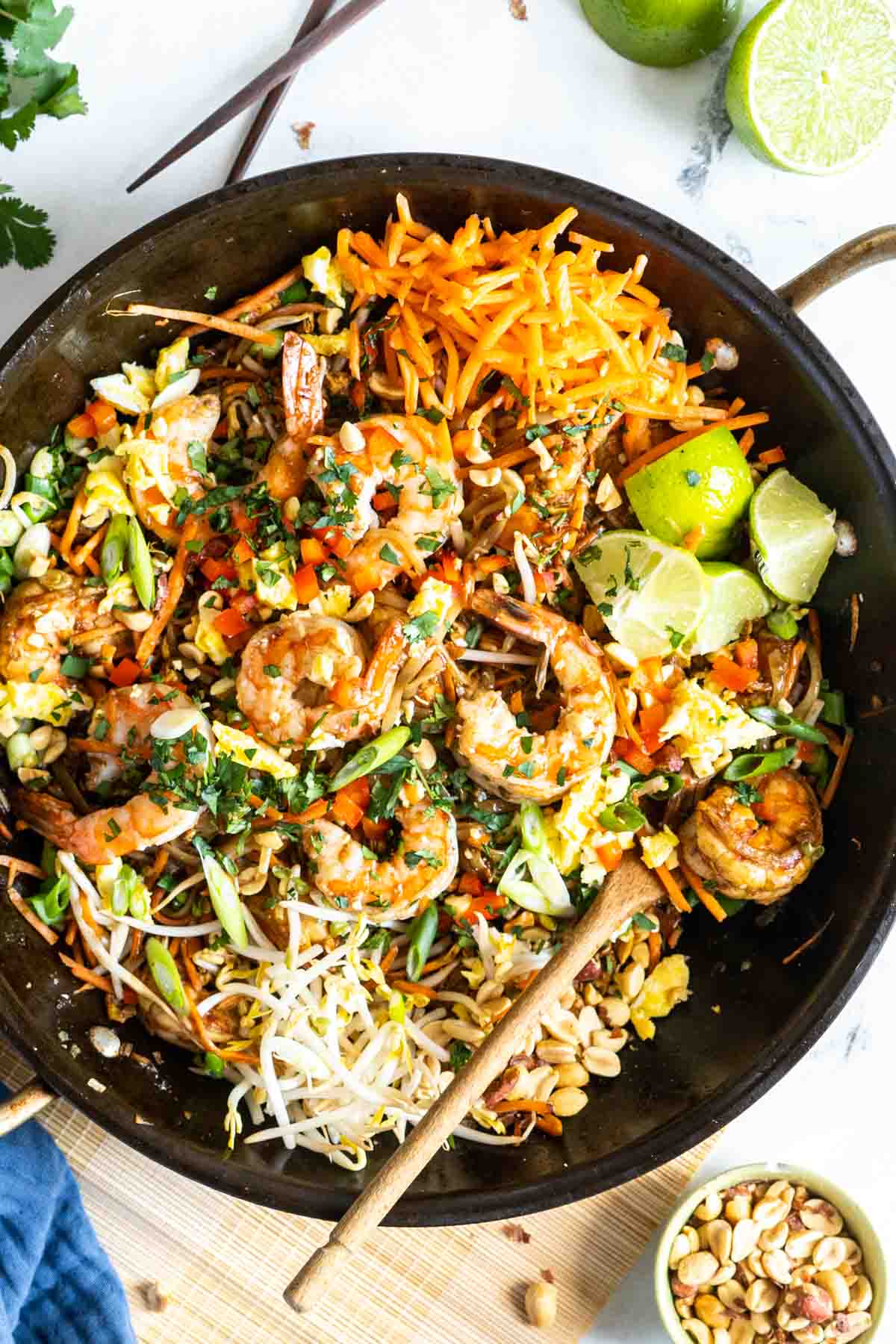
This post may include affiliate links. Please read my disclosure policy.
I don't know about you, but Thai food is a favorite of mine. From my homemade swimming rama recipe to my spicy Thai pumpkin soup, Thai food is not only delicious but is often naturally gluten-free.
Jump to:
📖Why This Recipe Works
Before we get started I want to comment on one mistake I see online recipes make when it comes to Pad Thai. Pad Thai does not contain peanut butter! Peanut noodles are delicious but are not pad Thai!
My recipe uses tamarind paste for an authentic flavor. Taramind paste is what makes this dish rich in flavor.
And like all good pad Thai recipes this recipe is quick and can be customized. Keep the recipe as-is or use another protein, make it vegetarian or vegan, or add additional vegetables to create your perfect pad Thai.
What is Tamarind Paste?
A tamarind is a tropical fruit that comes from a pod harvested from a tamarind tree. So, tamarind paste is a paste made from tamarind fruit that has been removed from the pods.
Tamarind paste is used in traditional pad Thai sauce as well as other dishes in Thai cooking, Indian cooking, Mexican cooking, and more. It adds a sweet, slightly tangy flavor.
Feeling adventurous? Try making tamarind paste from scratch.
What is the best substitute for Tamarind Paste?
Tamarind paste can be purchased at most large grocery stores or you can buy it online.
If you don't have tamarind paste, you can create a similar flavor using 2 tablespoons of rice vinegar, 2 tablespoons of brown sugar, and 1 tablespoon of tomato paste or ketchup.
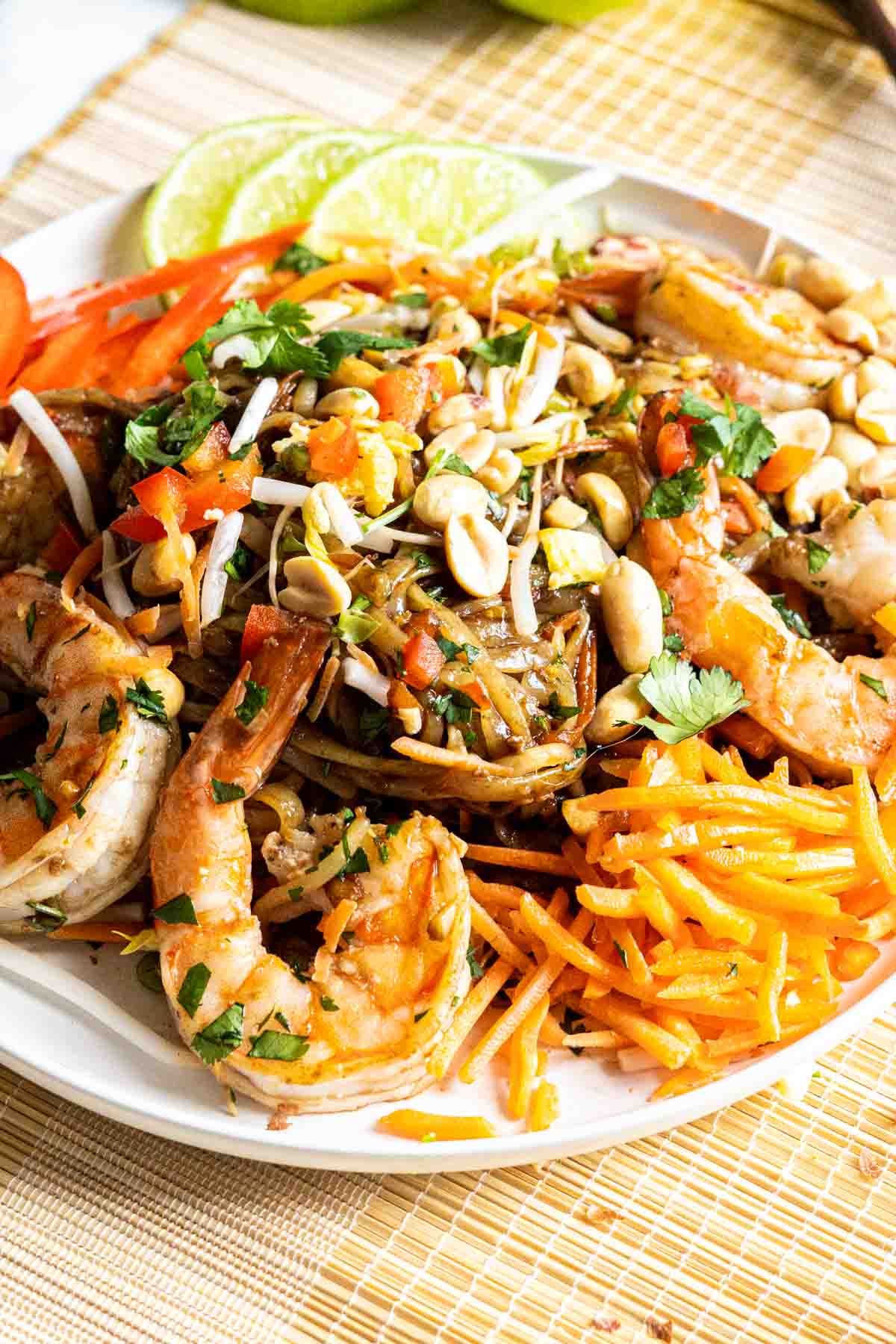
🧾Ingredient Notes
This recipe is packed with good-for-you gluten-free ingredients! Here's what you'll need:
Pad Thai Sauce - We're making a homemade pad Thai sauce with a mix of tamarind paste, gluten-free fish sauce, Tamari gluten-free soy sauce, and coconut sugar.
The sugar is necessary to offset the tangy flavor from the other ingredients. And you can substitute light brown sugar or granulated sugar if needed.
Pad Thai Rice Noodles - You can use white or brown flat rice noodles. You want wide noodles for pad thai. Read the package directions.
For some brands, you soak the noodles in water. I used Lotus Foods white rice noodles and they have to be boiled not just soaked.
The important thing is that your noodles should be al dente.
Oil - You'll need a little bit of oil to sauté the aromatics and cook the shrimp. I recommend a neutral flavored oil like vegetable oil or avocado oil. But coconut oil works too.
Aromatics - We're creating a flavor base with a combination of diced shallot and minced garlic.
Protein - I like to keep it classic with shrimp, but feel free to swap it out for chicken, tofu, or even pork or beef.
Eggs - Scrambled eggs are a classic addition to traditional pad Thai.
Mung Bean Sprouts - These vegetables add crunch to the noodles.
Carrots - You can use freshly shredded carrots or buy a bag of pre-shredded carrots at the store.
Green Onions - Be sure to thinly slice the spring onions so you get a little in every bite.
Lime - A squeeze of lime juice adds the perfect bright, tangy flavor to the dish.
Peanuts- Use roasted unsalted peanuts. You can fry them in a bit of oil if you like.
Garnishes - Finish your homemade pad Thai off with red chilis or red pepper flakes, white sugar, and lime wedges for garnish!
See the recipe card for exact quantities.
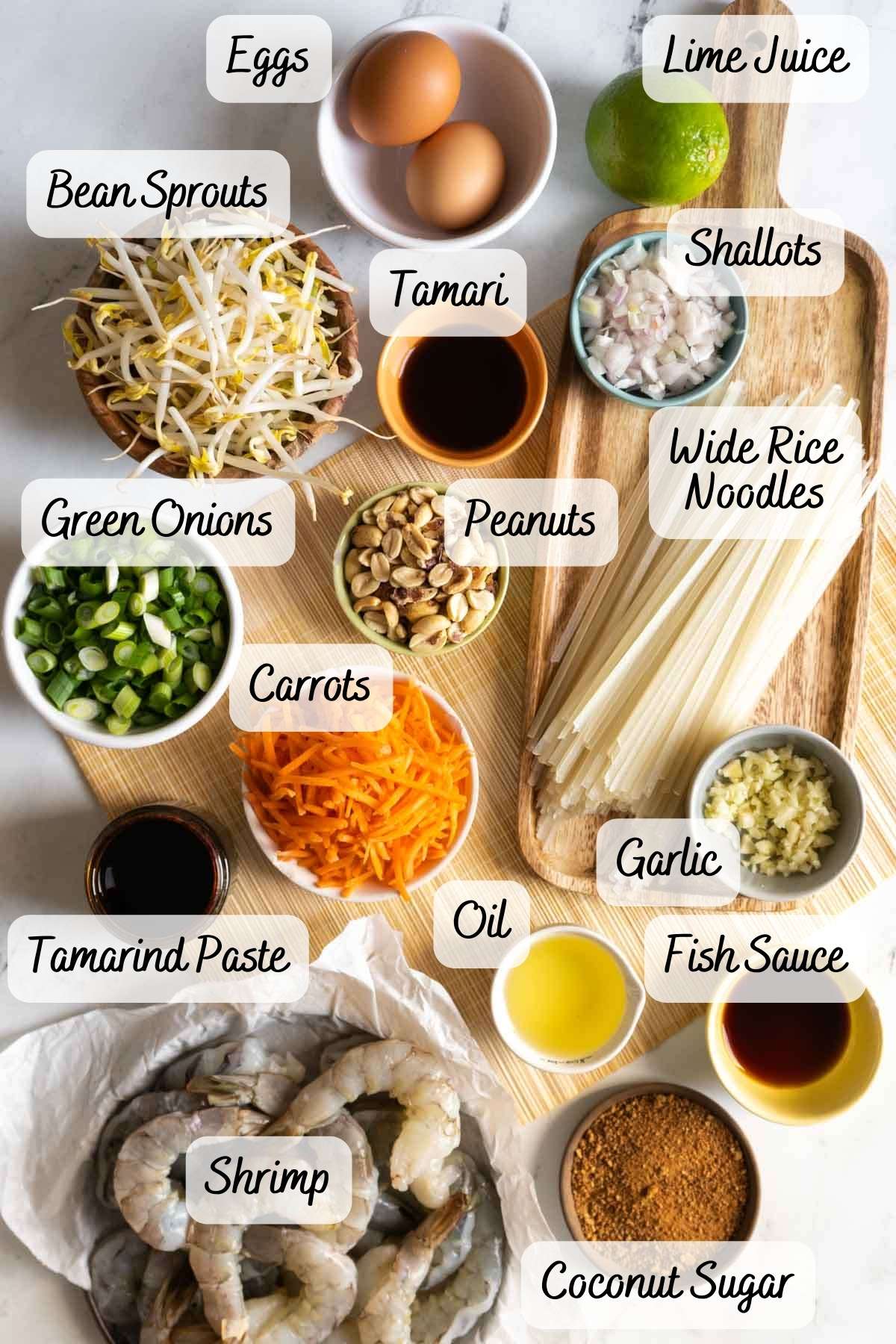
💭 Vegan Pad Thai Variation
Looking for a vegan and gluten-free pad Thai option? This recipe can easily be made vegan too!
To make a vegan pad Thai, simply omit the fish oil, then leave out the eggs or use a vegan egg substitute like Just Egg.
For the protein, you can either leave out the shrimp or swap it out for tofu. Just press it to remove excess moisture, then cube it up and cook on each side for 3 minutes.
⏲️How to Make Gluten-Free Pad Thai
This gluten-free pad thai recipe is a restaurant-quality gluten-free meal that's surprisingly quick to make!
I recommend prepping all your ingredients and lining them up next to your stove before you begin cooking. This dish comes together extremely fast.
Step 1 - Prep the Noodles
Cook your rice noodles according to the package directions.
Once the noodles are cooked, drain in a colander and rinse under cold water. It's important to rinse the noodles to rid them of any excess starch. This helps prevent them from sticking together.
If your noodles are longer than 10 inches, cut them in half using kitchen shears after they're done soaking. This makes it easier to mix and serve them!
Step 2 - Make the Sauce
Next up, the pad Thai sauce! I like to save time and whip this up during the 5 minutes that the noodles are soaking.
To make your sauce, mix together the tamarind paste, fish sauce, gluten-free soy sauce, and coconut sugar. Make sure the mixture is smooth and well combined, then set it aside.
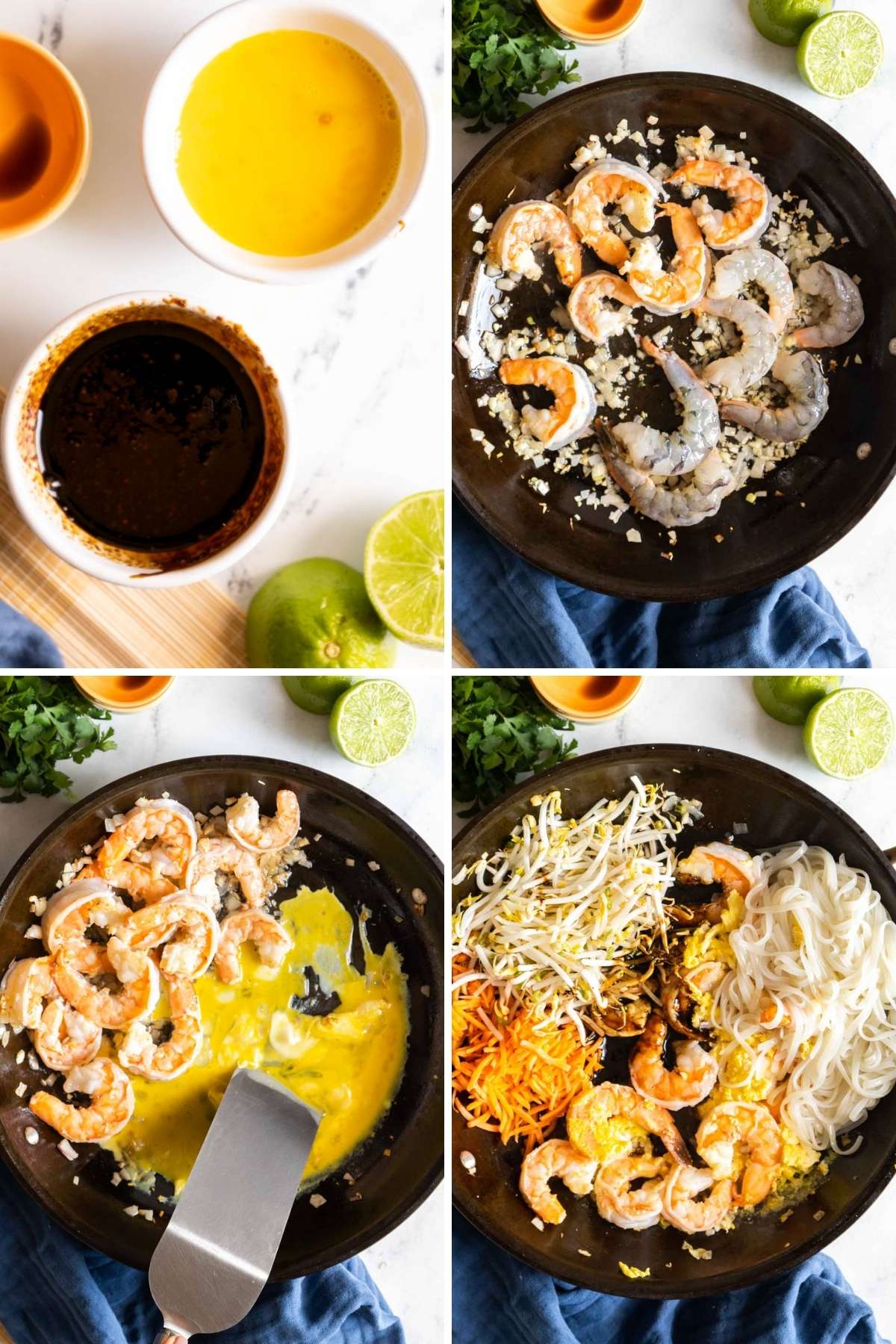
Step 3 - Cook the Shrimp and Eggs
Using a large pan or wok, heat oil over medium-high heat. Add in the garlic and shallot and cook for 30 seconds, then add in the shrimp and cook for 1 minute on each side.
Push the shrimp off to one side of the pan, then pour in the whisked eggs. Scramble the eggs and use your spatula to slice them up. Move them off to the side.
STEP 4 - Combine
Once the eggs and shrimp are cooked, it's time to assemble your pad Thai!
To the pan, add the carrots, cooked noodles, bean sprouts, and sauce. Toss everything together to make sure the noodles can absorb the sauce until everything is well incorporated.
Remove the pan from the heat, then mix in the green onions, lime juice, and half of the chopped peanuts. Taste and re-season as desired, then serve topped with the garnishes of your choice!
Expert Tip
Feel free to use whatever protein you want! You can make chicken pad Thai with chopped and cubed chicken breasts, swap that out for cooked pork or beef, or make a vegetarian pad Thai using pressed, cubed, and cooked tofu.
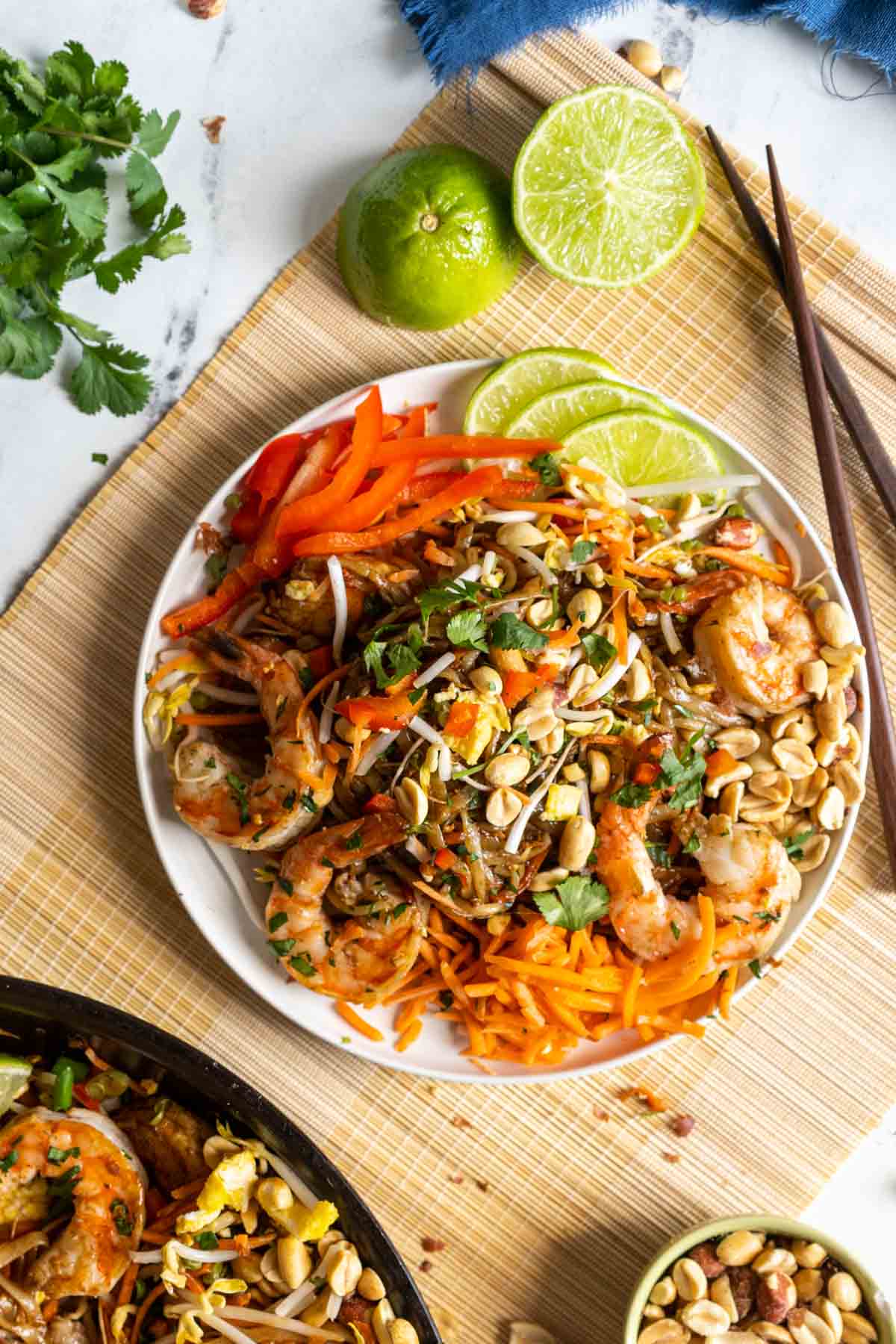
🌡️Storing Leftovers
Homemade pad Thai is delicious fresh, but it makes great leftovers too! Just let it cool to room temperature, then store it in an airtight container in the fridge for up to 3 days.
When you're ready to serve, microwave or warm on low on the stove until everything is heated through.
More Quick Dinner Recipes
Frequently Asked Questions
Pad Thai has some subtly sweet flavors from the sugar and tamarind paste but is perfectly balanced with a little bit of spice from the red chilis or red pepper flakes. If you prefer a less spicy dish, feel free to just leave out the red chilis or red pepper flakes!
I use Red Boat fish sauce, but feel free to use whatever brand you can find at your local grocery store.
No. Traditional pad Thai does not contain any peanut butter. It's tossed with a sauce made up of tamarind paste, fish sauce, and sugar, then it's garnished with chopped peanuts to add that nutty flavor and a little bit of crunch.
If you are looking for something with peanut sauce, check out my homemade gluten-free peanut sauce instead.
Did You Enjoy Making This Recipe? Please rate this recipe with ⭐⭐⭐⭐⭐ or leave a comment. It helps other wonderful people connect with my food.
📖 Recipe Card
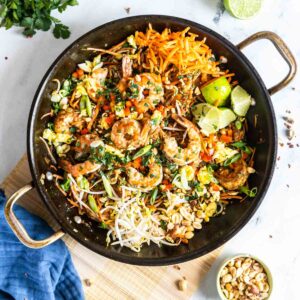
Gluten-Free Pad Thai
Ingredients
Gluten-Free Pad Thai Sauce
- ¼ cup tamarind paste see note
- 1 Tablespoon gluten-free fish sauce optional
- 1 Tablespoon tamari gluten free soy sauce
- 2 Tablespoons coconut sugar or light brown sugar
Gluten-Free Pad Thai
- 8 ounces gluten-free Pad Thai rice noodles
- 2 Tablespoons vegetable oil
- ¼ cup shallot diced
- 3 cloves garlic minced
- 20 large shrimp or other protein- see note
- 2 eggs beaten
- 1 ½ cups mung bean sprouts
- ½ cup carrots shredded
- ⅓ cup roasted unsalted peanuts chopped
- 4 green onions thinly sliced
- 1 lime juiced
- Red chilis or red pepper flakes white sugar, and lime wedges, for serving
Instructions
- Cook the rice noodles according to the package directions. Some brands you soak and others are cooked in boiling water like spaghetti. Drain the noodles and spray them with cold water. If longer than 10 inches, cut it in half with kitchen shears after cooking.8 ounces gluten-free Pad Thai rice noodles
- While the noodles are cooking. Whisk together the sauce ingredients in a small bowl.¼ cup tamarind paste, 1 Tablespoon gluten-free fish sauce, 1 Tablespoon tamari gluten free soy sauce, 2 Tablespoons coconut sugar
- Heat the oil in a large nonstick pan or wok over high heat. Add the garlic and shallot, and cook for 30 seconds. Add shrimp and cook for 1 minute per side.2 Tablespoons vegetable oil, ¼ cup shallot, 3 cloves garlic, 20 large shrimp
- Push the shrimp to one side of the pan, and pour in the egg on the other side. Use a spatula to scramble the egg. Move the egg to the side.2 eggs
- Add the carrots, noodles, bean sprouts, and sauce. Toss gently for about 1 ½ minutes until the noodles absorb the sauce.1 ½ cups mung bean sprouts, ½ cup carrots
- Remove from the heat and stir in the green onions, lime juice, and half the peanuts. Serve immediately with the extra peanuts and garnishes.⅓ cup roasted unsalted peanuts, 4 green onions, 1 lime, Red chilis or red pepper flakes
Notes
- This recipe cooks quickly, all your ingredients should be prepped by your stove before you start cooking.
- Tamarind paste substitute: 2 Tablespoons each of rice vinegar and brown sugar plus 1 tablespoon of tomato paste or ketchup.
- Fish Sauce Substitutes: GF Worcestershire sauce, coconut aminos, or use extra tamari.
- Protein Options- You can use this recipe with thinly sliced chicken (boneless skinless)( and cook 2 minutes per side) or pressed tofu that has been cubed, cook 3 minutes per side.
Equipment
- Large saute pan or wok

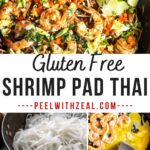
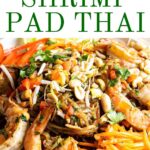
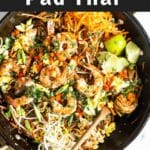
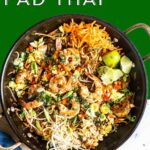
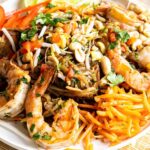
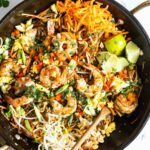
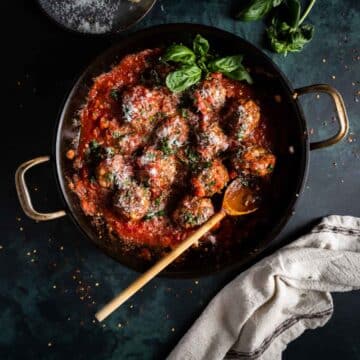
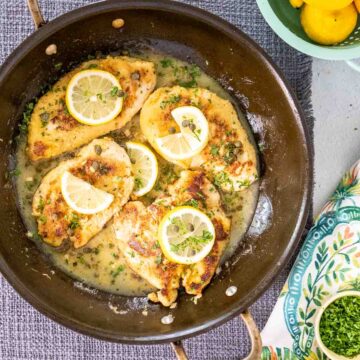
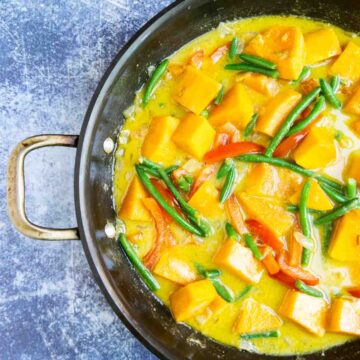
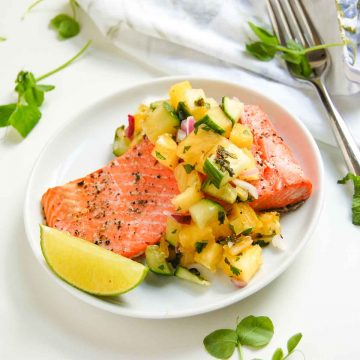
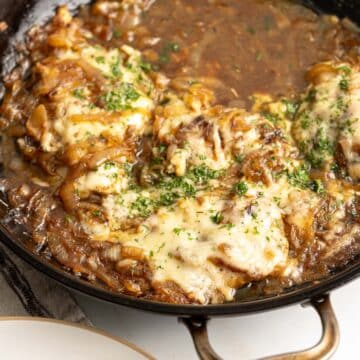
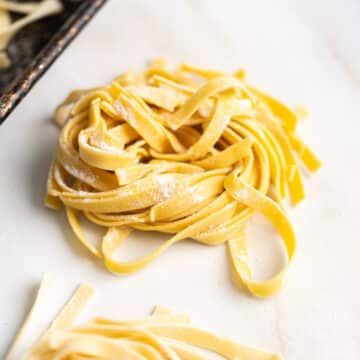
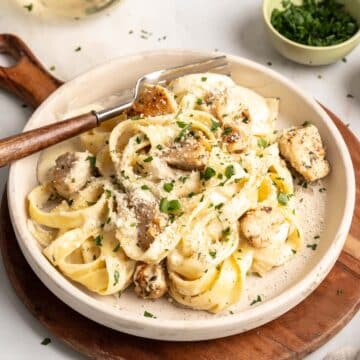
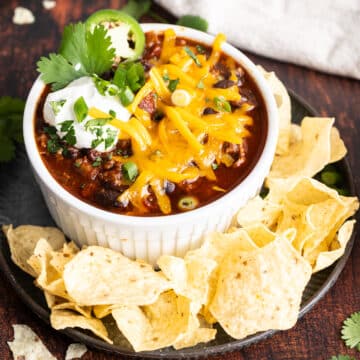
Comments
No Comments